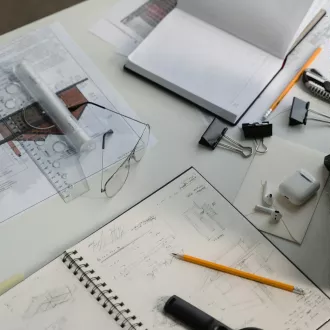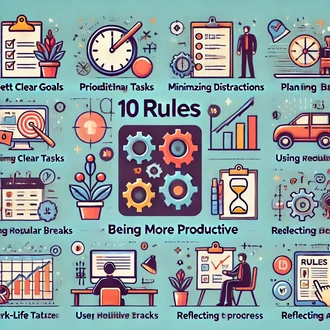Transcription Speed reading skills
In today's work environment, where information is constantly flowing and time is a valuable resource, the ability to read fast becomes increasingly important. Reading fast not only allows you to process information more efficiently, but also gives you a competitive advantage by keeping you up to date and allowing you to make informed decisions faster. In this session, we will explore the key skills for reading fast and how you can develop them to improve your productivity and make the most of your time.
Improving Reading Comprehension
One of the keys to reading fast effectively is to improve your reading comprehension. Reading comprehension allows you to grasp the meaning and key information in a text quickly and accurately.
To improve your reading comprehension, practice techniques such as active reading, which involves underlining or highlighting main ideas, asking questions about the text, and mentally summarizing what you have read. Also, increase your vocabulary and familiarize yourself with different writing styles to facilitate comprehension of different types of texts.
Expanding your field of vision
An important skill for speed reading is to expand your visual field. Instead of reading word by word, try reading groups of words or entire sentences with a single glance. This is accomplished by training your eyes to move more smoothly and quickly through the text.
Practice eye-tracking exercises, such as following your finger or a pencil along lines of text, to train your eyes to move more quickly and take in more information with each fixation.
Eliminating subvocalization
Subvocalization, or mentally pronouncing words as you read, can slow down your reading speed. To read faster, it is important to eliminate or reduce subvocalization. To do this, practice silent reading and focus on capturing the meaning of words without mentally pronouncing them. You can use techniques such as quickly running your finger or a pencil over the text to train your mind to read without subvocalizing.
Improving concentration
Concentration is essential for reading fast and absorbing information effectively. Eliminate distractions, such as noise or interruptions, and create a quiet, distraction-free reading environment.
Also, practice concentration techniques, such as meditation or deep breathing, before you begin reading to calm your mind and focus on the task. As your ability to concentrate improves, you will be able to read faster and retain information more effectively.
Using scanning and scanning techniques
In some cases, it is not necessary to read a text in its entirety. Using scanning and scanning techniques allows you to quickly identify the main ideas and relevant information in a text without reading it closely. To scan a text, quickly run your eyes over keywords, headings and introductory paragraphs. To scan a text, read the headings, the first and last sentences of each paragraph, and any available summaries or conclusions. These techniques allow you to get an overview of the content and decide which parts are necessary for further reading.
Regular practice
Regular practice is critical to developing speed reading skills. Set aside time each day to read and practice the techniques mentioned above. Start with simpler texts and gradually increase the difficulty as you become more confident and fluent. Do timed reading exercises to measure your speed and monitor your progress over time. Consistency and dedication will help you improve your reading speed and maintain your skills over the long term.
Maintaining Comprehension
As you increase your reading speed, it is important to maintain comprehension and retention of information. To do this, practice techniques such as self-assessment and summarizing after reading a text.
Ask yourself what you learned and summarize the main ideas in your own words. In addition, you can use mnemonic techniques, such as creating acronyms or mental images, to help you retain important information.
speed read




